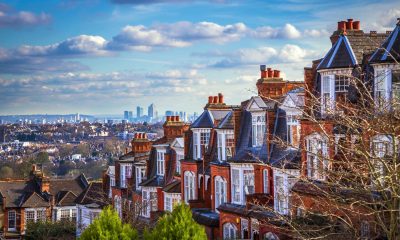Travel
Enchanting Things To Do In Rome 2024
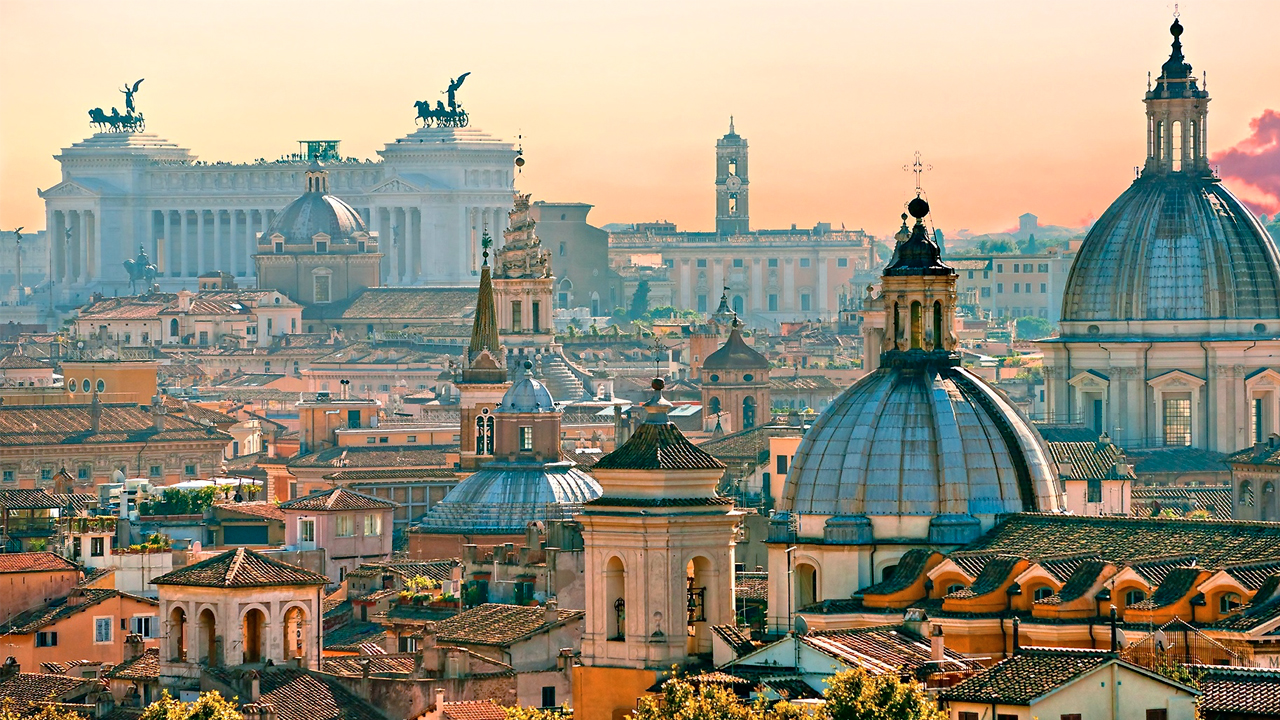
There is no place like Rome. This is a city where winding lanes lead to gorgeous temples, spaghetti is served by the bucketload, and people-watching chances are endless. It’s one of the world’s most famous cities for a reason, but you can’t really appreciate its allure unless you’ve been there in person.
Rome is also more larger than you can expect, so you should have a plan in place. Archaeological treasures, iconic art collections, and plenty of culture will keep you coming back. But don’t worry, you’ll have plenty of time to digest your midday pasta and sip aperitifs in the warm weather. Whether you’re visiting Rome for the first time or the twentieth,
1. Colosseum

Of course, if you’re in Rome, you must visit the Colosseum. This gorgeous structure is Rome’s crowning achievement (the kind of thing you see on postcards), and it’s even greater in person than you could imagine. Built between 72 and 80 AD, it is the world’s largest amphitheatre, with a capacity of 80,000 people.
Local Romans used to gather to observe violent gladiator battles or animal hunts, but things are much more tranquil now. We recommend purchasing tickets in advance, as the lines here can be long. However, as you reach the fifth floor and have a 360-degree perspective of the theatre, it is completely worthwhile.
2. Vatican Museums and Sistine Chapel
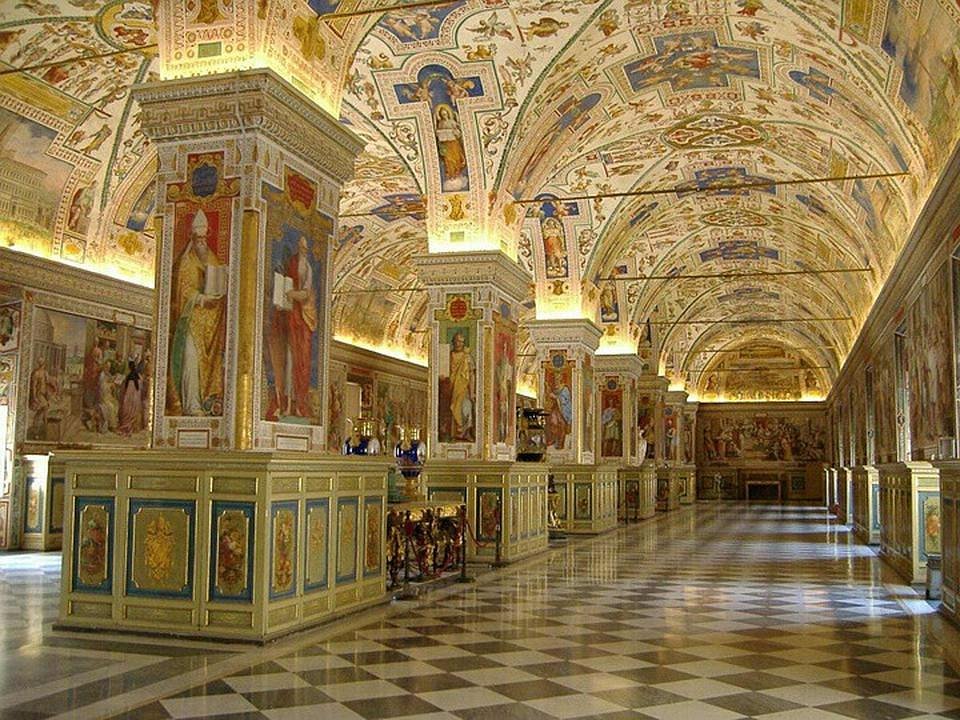
The Vatican Museums, founded by Pope Julius II in the 16th century, feature one of the world’s greatest and most important art collections, which are spread throughout 54 galleries, courtyards, and passageways.
The Sistine Chapel houses thousands of ancient sculptures, Raphael’s masterpieces, and, of course, Michelangelo’s frescoes. If you have time and arrange ahead of time, get tickets to visit the Vatican Necropolis beneath St. Peter’s Basilica, as well as the Vatican Gardens, which have fountains, greenery, and a recreation of Our Lady of Lourdes’ Grotto.
3. Pantheon
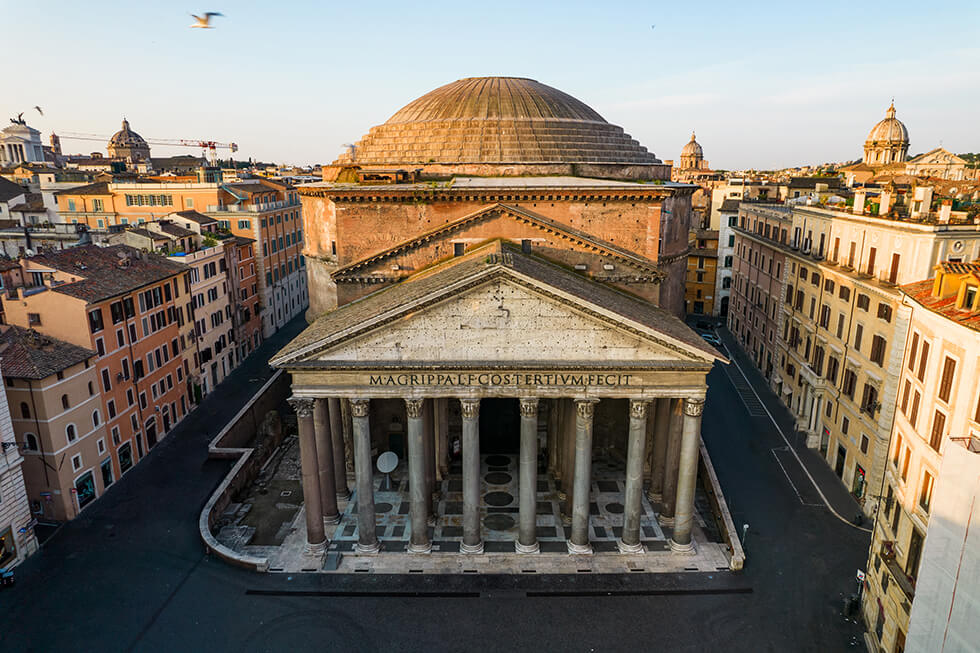
Built in 125 AD by Emperor Hadrian, the Pantheon is one of the best preserved buildings from ancient times. Its dome, measuring 142 feet in diameter, is the largest in the whole world.
Meanwhile the Pantheon’s oculus, the central opening at the top of the dome, not only provides a unique source of natural light but also serves as a symbolic connection between the temple and the heavens, enhancing the spiritual and architectural significance of this ancient marvel.
This is a must-see in Rome, and if you’re heading to the city during Pentecost weekend, you’re in for a treat – during Sunday Mass, tons of rose petals get dropped from the oculus to mark the occasion, and the sight is really something.
4. Gianicolo

Fondly referred to as the city of Seven Hills, Rome is known for its scenic vantage points and numerous terraces that give way to stunning views of the city skyline. Located above the Trastevere neighbourhood, Gianicolo isn’t technically one of the fabled hills, but it is worth the trek because it’s the highest point in Rome and offers an expansive vista over the Eternal City.
The elegant Fontana dell’Acqua Paola, a fountain featured in the opening scene of La Grande Bellezza, is located just nearby, and its majesty will surely take your breath away.
5. The Trevi Fountain

Rome is recognized as the city of fountains, with over 2,000 both large and little, but none larger than the Trevi Fountain. This magnificent work of Baroque art, commissioned by Pope Clement XII in the 18th century, took 30 years to complete and was carved from Carrara marble. It was built on the site of an ancient aqueduct dating back to 19 BC, with Oceanus, the god of the sea, sitting triumphantly upon a chariot drawn by seahorses in the center.
On either side are Tritons, mythical sea monsters that look like mermen and blow into conch shells. According to local mythology, if you toss a coin over your shoulder into the Trevi Fountain, you will return to Rome during your lifetime. Every year, millions of coins are hurled into the fountain, which is then collected and distributed to philanthropic causes.
6. Castel Sant’Angelo
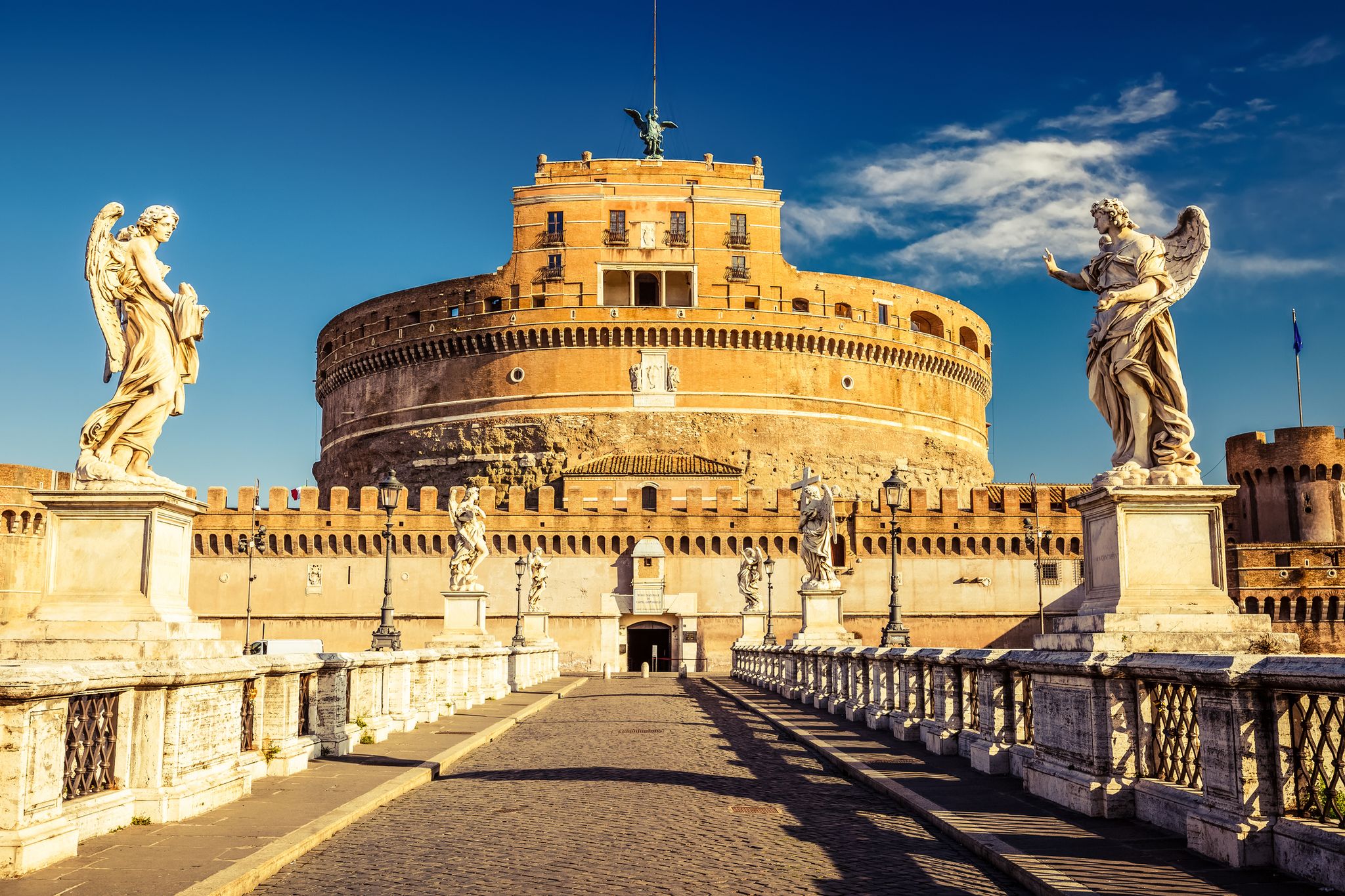
Castel Sant’Angelo, or ‘The Castle of Angels,’ is a striking cylindrical stronghold built on the banks of the Tiber River by Roman Emperor Hadrian in the second century AD. Originally built as a tomb for Hadrian and his family, it was later utilized as a stronghold and castle by the popes.
It also has a secret escape path connecting the edifice to the Vatican City. Today, it is a museum featuring frescoed apartments, medieval weaponry, and panoramic views of Rome and the surrounding St Peter’s Basilica. There is a little cafe inside where you may eat snacks or drink while admiring the view of the Vatican.
7. Borghese Gallery and Museum
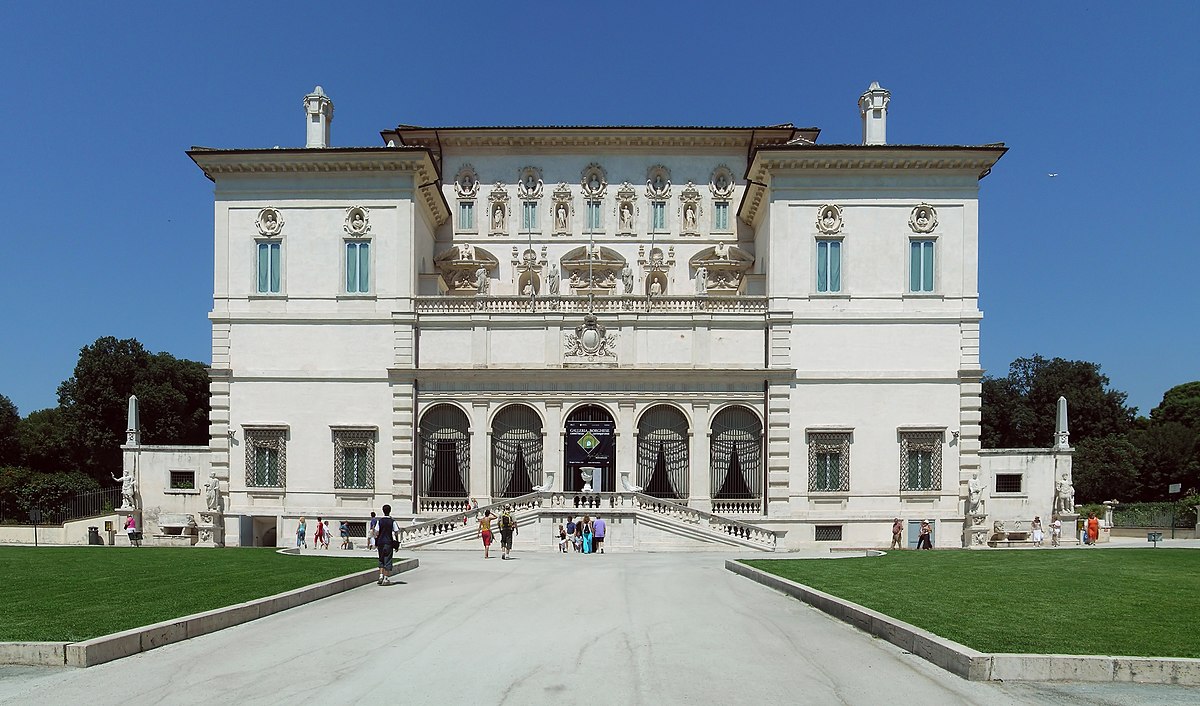
Galleria Borghese, commissioned by Cardinal Scipione Borghese in the 16th century to house his vast art collection, is still one of Rome’s major museums. The Cardinal, an enthusiastic art collector, was an early patron of Gian Lorenzo Bernini and a major fan of Caravaggio’s paintings, so expect exceptional creations inside.
The museum’s attractions include Bernini’s Apollo and Daphne, Canova’s Paolina Bonaparte, and Caravaggio’s Boy with a Basket of Fruit. The “pleasure palace” was initially built as a suburban home and is still immersed in home Borghese’s large grounds, so enjoy a wander through the park after your visit.
8. Capitoline Museums

The Capitoline Museums are housed in three buildings on square del Campidoglio, a trapezoidal square built by Michelangelo in the 16th century. They are considered the world’s first public museums and contain Renaissance marble statues and Roman bronzes such as Marcus Aurelius’ Equestrian figure and the Capitoline Wolf, which represents Rome’s beginnings. The Galleria Lapidaria, an underground corridor connecting the two main buildings, also offers a stunning view of the Roman Forum.
Plan on spending a few hours examining the collection, and don’t miss the secret garden at Piazzale Caffarelli, which is located just behind the square.
9. Domus Aurea
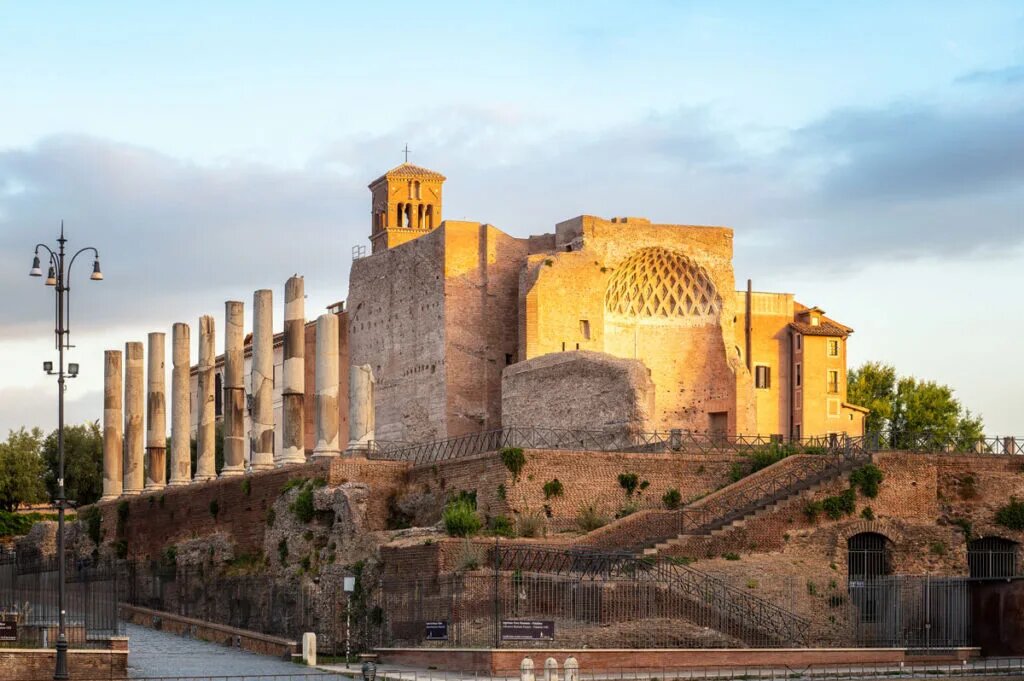
Emperor Nero’s magnificent Domus Aurea (Golden House) was regarded as one of the most impressive palaces of its day, providing a rare view into subterranean Rome. Built between 64 and 68 AD as a splendid site of amusement near the Colosseum, it stretched across many of Rome’s historic hills before being destroyed by the Great Fire of Rome in 64 AD. Every Friday, Saturday, and Sunday, visitors can participate in guided tours, as well as a virtual reality tour that brings the villa’s previous magnificence to life.
10. Testaccio Market
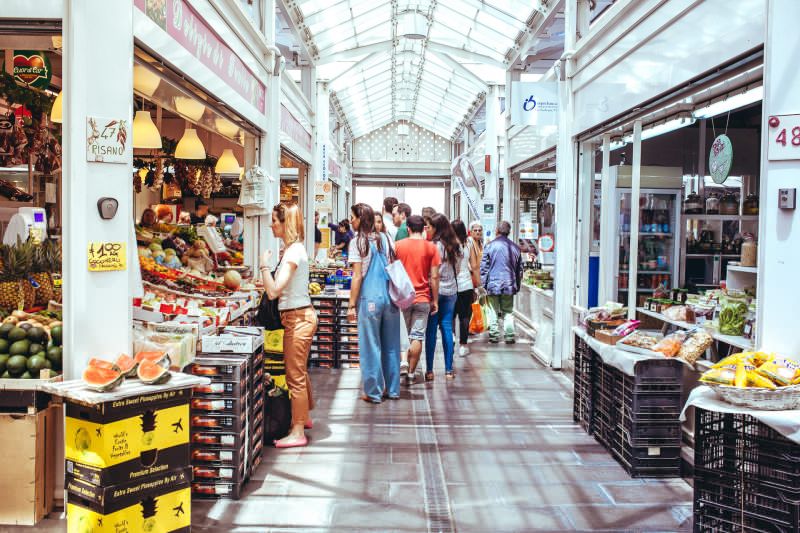
The Testaccio neighborhood is steeped in Rome’s culinary history, making it a must-see for gourmands and adventurous diners alike. The neighborhood originally hosted Europe’s largest slaughterhouse, and employees were typically compensated in discarded animal parts (known lovingly as the “quinto quarto,” or fifth quarter).
The Testaccio Market is a brilliant and contemporary edifice filled with enticing stands serving everything from artichoke sandwiches and tripe stews to freshly cooked pasta and specialty beers.
11. Centrale Montemartini
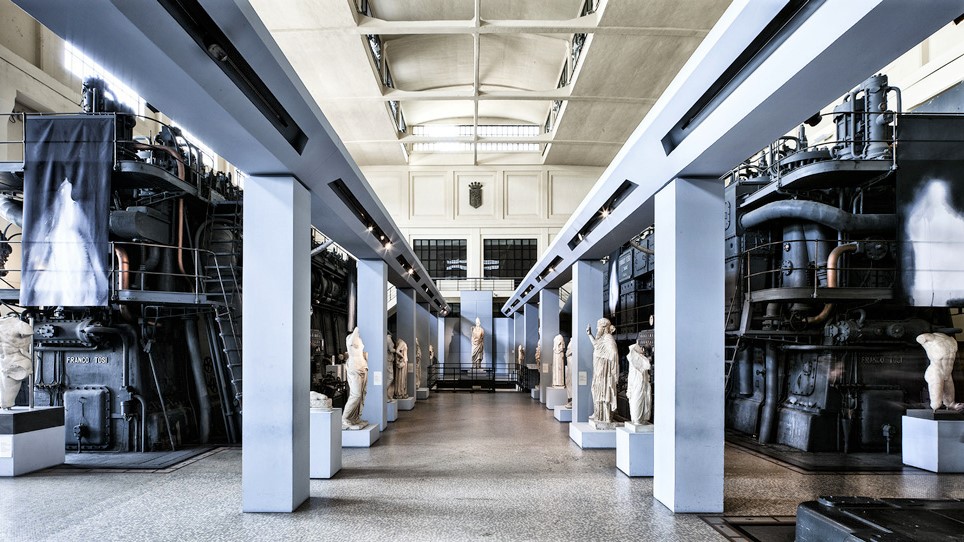
The early twentieth-century Centrale Montemartini, once a cutting-edge power station, was selected in the late 1990s to host a portion of the Capitoline Museums’ collection. In the industrial backdrop, ancient statues are paired with vintage machinery; fauns and Minervas, Bacchus revellers and Apollos are all remarkably at ease next to the thermoelectric equipment.
Highlights include extraordinarily intricate mosaics representing marine themes, a stunning early fourth-century mosaic depicting a hunting scene, and the massive head and foot of a goddess discovered in Largo Argentina.
12. Rome Opera House

Built at the end of the nineteenth century, the Teatro dell’Opera is a neoclassical opera building that hosts over 200 performances per year, ranging from opera and ballet to contemporary dance. The opera house has worked with a number of renowned directors and fashion houses, including Sofia Coppola, Valentino, and Dior, to produce unique shows.
During the summer, concerts are staged outdoors in the evocative Terme di Caracalla (Baths of Caracalla), a large archaeological complex built between 213-216 AD that included an open-air pool, baths, a library, shops, and more.
13. National Museums of Rome

Although Rome’s four national museums have long been disregarded, they now offer some of the most intriguing cultural programs in the city, including modern art, interactive movies, and more, in addition to ancient statues. The museums house important archaeological treasures discovered in Rome and are dispersed across four locations:
Palazzo Massimo alle Terme, Palazzo Altemps, the Baths of Diocletian, and Crypta Balbi. A €14 combination ticket offers access to all four attractions for one week.
14. Mercato Campagna Amica
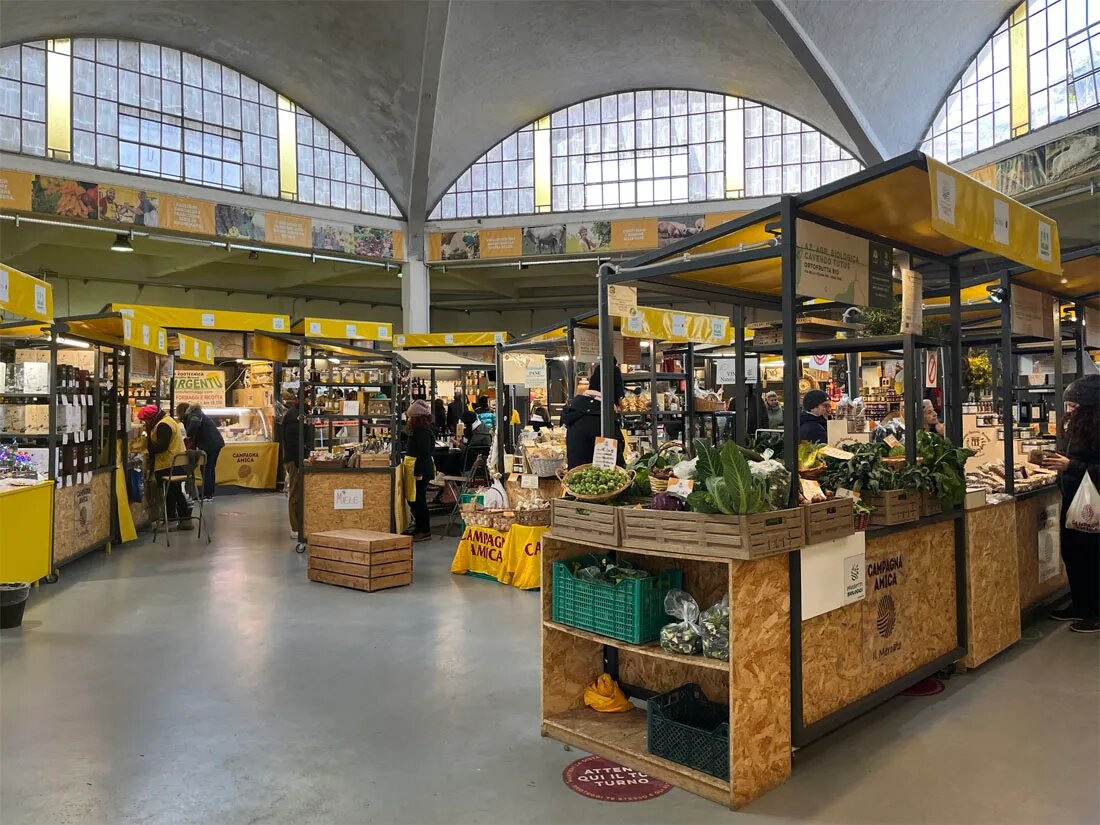
Mercato Campagna Amica, located near Circo Massimo, an old chariot racing arena, is a food lover’s dream and a local favorite. On Saturday and Sunday, it is open from 8 a.m. to 8 p.m. and features local farmers selling quality, seasonal products like as fruits and vegetables, cheese, baked goods, and specialty items.
The Mercato Campagna Amica, founded in 2008 by the Italian Farmers Confederation (CIA), is more than just a farmer’s market; it represents a movement toward a more sustainable and locally sourced food system. You can also attend pop-up activities, such as cooking demos, tastings, and presentations on composting, organic farming, and biodiversity.
15. Stadio Olimpico
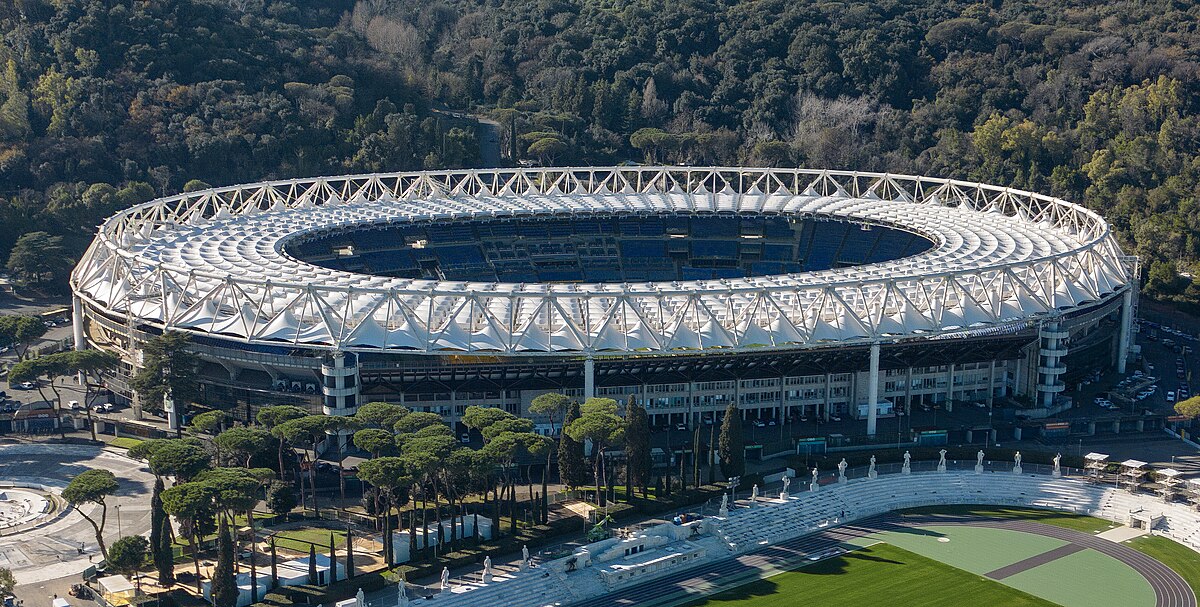
AS Roma and SS Lazio are Rome’s two first-class football clubs. Both play at the Stadio Olimpico, Rome’s largest sports arena. While only the most daring visitors may wish to attend a Roma-Lazio game (the raucous “derby”), a visit to the stadium promises to be a spectacle of flares and chanting, with a touch of atmospheric drama a million miles away from the exquisite centro storico. If you prefer a more relaxed atmosphere, you may watch a rugby match here during the Six Nations Championship event, which takes place in late winter.
16. Ara Pacis
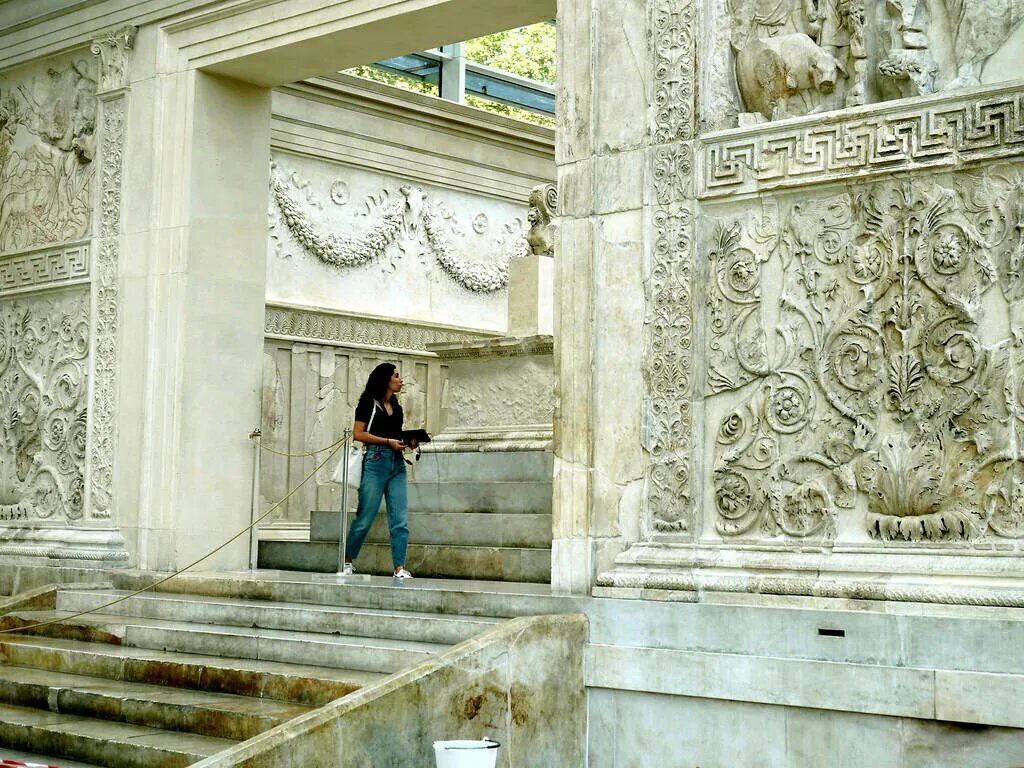
Although ancient architecture reigns supreme, Rome is increasingly recognized for its more recent projects, which have produced a striking contrast between the old and the new. One of the most outstanding examples is the Museo dell’Ara Pacis, created by American architect Richard Meier.
The 2,000-year-old altar dedicated to Pax, the goddess of peace, has been enclosed in a massive glass structure, resulting in a one-of-a-kind show in the city center. The museum also features changing art exhibitions and a virtual reality tour with 3D binoculars.
17. Complesso del Vittoriano
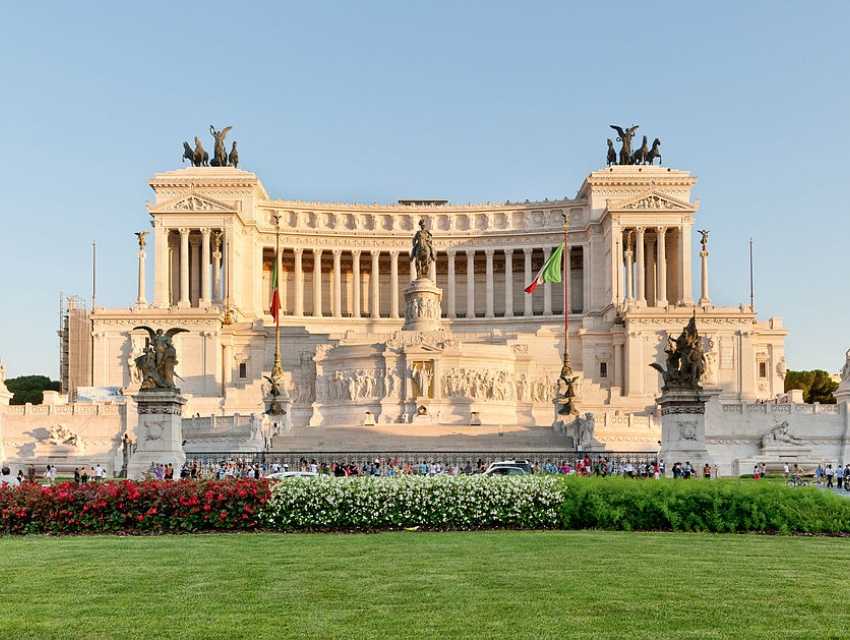
Climbing to the top of the “wedding cake” is worthwhile not only to appreciate the enormity of the structure, but also to see the Art Nouveau mosaics in the colonnade and, most importantly, to enjoy the view from the only location where you can see the entire city center without being interrupted by the Vittoriano. Even more magnificent is the view from the monument’s very highest level, which is accessed via a glass elevator from behind the structure, next to the Aracoeli church. And, while it has received mixed reviews from both tourists and residents, it is one of Rome’s must-see attractions.
18. Galleria Colonna

Galleria Colonna is Rome’s oldest and largest private palace, as well as one of its best-kept secrets. Originally built as a stronghold for the Colonna family, it evolved into a Baroque mansion over time and currently houses a world-class art collection with works by Carracci, Tintoretto, and Guercino.
Step inside to discover the Great Hall, a massive mirrored gallery filled with statues, paintings, and chandeliers that rival the splendor of Versailles. Galleria Colonna is open each Saturday. Make sure to visit Princess Isabelle’s apartment and the secret garden.
19. Appia Antica
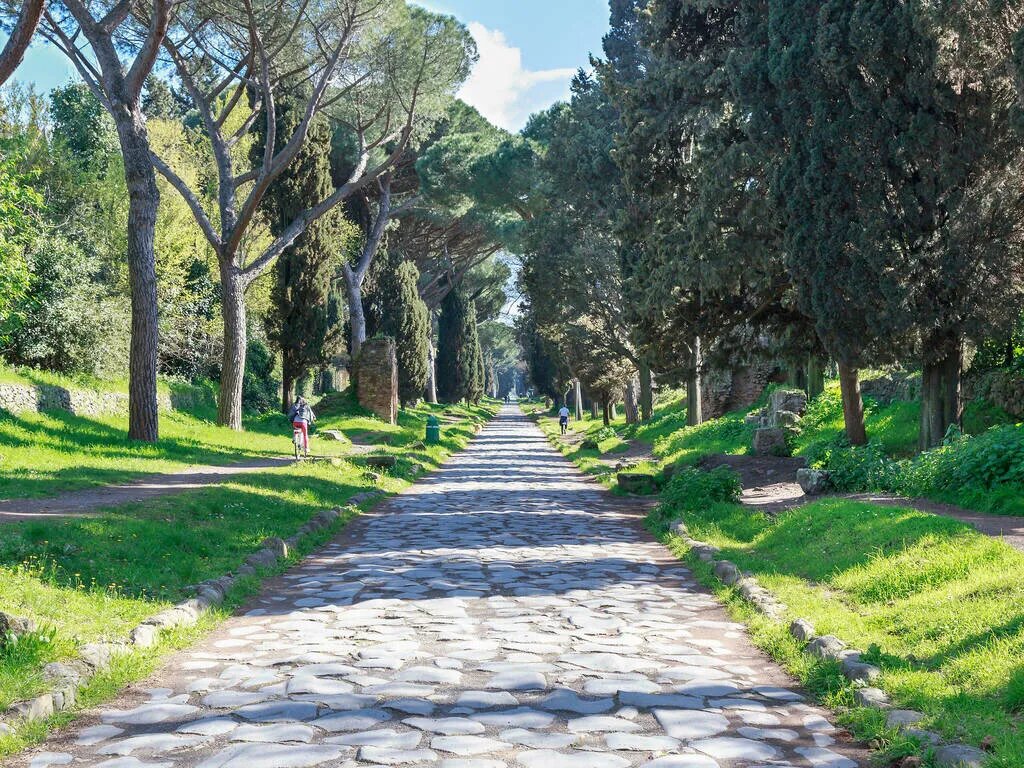
Take a physical step back in time as you walk (or bike) along the Appia Antica, one of the Roman Empire’s oldest roadways. This ancient road, which connected Rome and Brindisi, is now one of the city’s most scenic districts. The adjacent park is also rich in cultural heritage monuments, including catacombs and mausoleums for significant persons such as popes, martyrs, and aristocracy. Don’t miss touring the catacombs of St. Callixtus, Domitilla, and Saint Sebastian.
20. Villa Medici

Villa Medici, home to the French Academy in Rome, promotes study and creativity in the arts and humanities. Cardinal Ferdinando de’ Medici, later Grand Duke of Tuscany, constructed the structure in the sixteenth century. It has a prime location above the Spanish Steps and is famed for its expansive, manicured gardens and views of the city skyline.
Today, the academy provides researchers with residencies and fellowships, as well as year-round events and exhibitions. Visitors can take a tour of the villa’s gardens and several of its historic rooms, such as the Grand Salon and the Chapel of Saint John the Baptist.
21. Orto Botanico
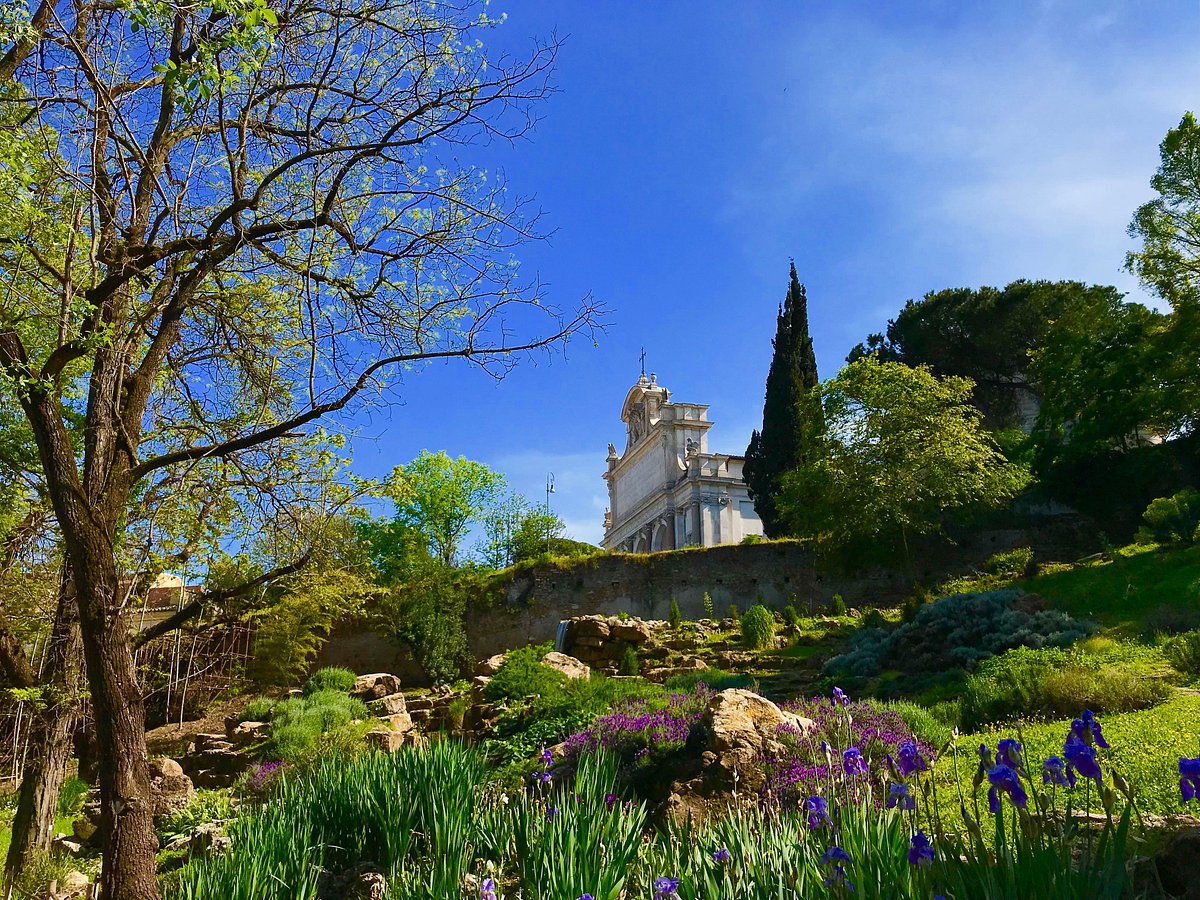
The Botanical Garden of Rome, located on the slopes of Gianicolo in Rome’s Trastevere area, is a lush haven that nature enthusiasts should not miss. It was founded in 1883 in the gardens of mansion Corsini, a magnificent 17th-century mansion built by the Corsini family, one of Florence’s oldest noble families.
On 12 hectares, the garden is home to nearly 7,000 plant species from all over the world. Some of the highlights include a large bamboo collection, several Gymnosperms including sequoias, cypresses, and pines, and over 400 orchid species. The Botanical Garden recently established a modest vineyard with 155 autochthonous varietals from all around Italy.
22. Cimitero Acattolico

This lush haven of quiet, nestled just behind Rome’s majestic antique pyramid, has served as the city’s final resting place for non-Catholic foreigners since 1784. Unofficially known as the Protestant Cemetery, this wonderfully old-world section also houses Buddhists, Russian Orthodox Christians, and atheists; a sign points to the tomb of Antonio Gramsci, the Italian Communist Party’s founder.
The bigger, more populous part slopes up to the Aurelian Wall’s crenellations. When visiting, keep an eye out for prominent graves, including those of literary figures John Keats and Percy Bysshe Shelley, as well as Russian artist Karl Bryullov.







